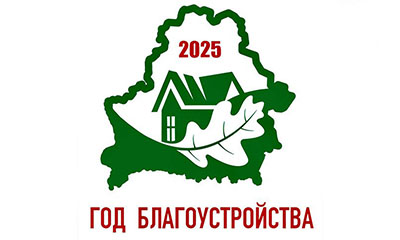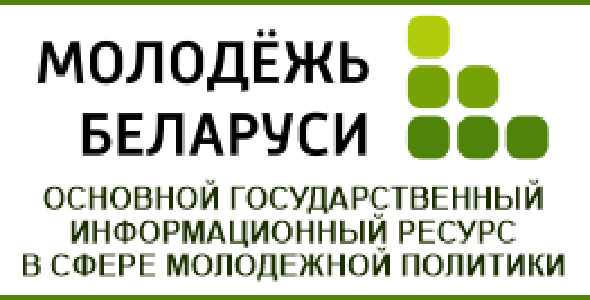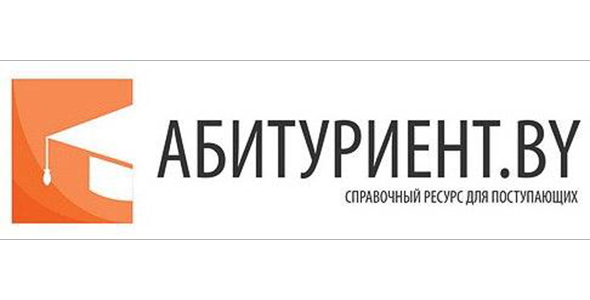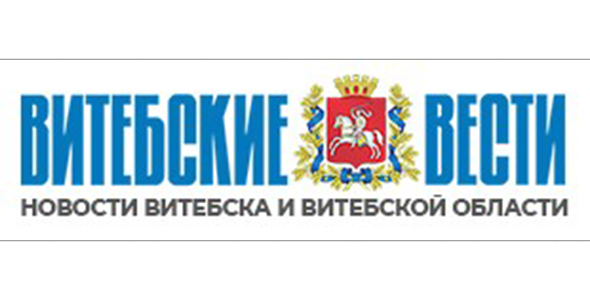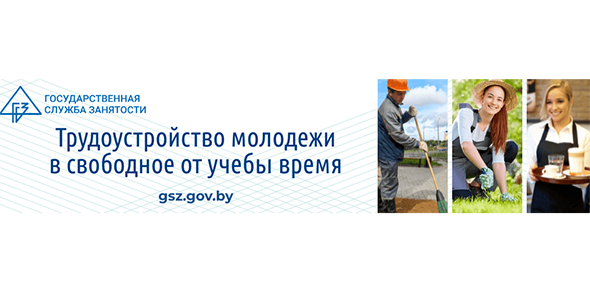The Republic of Belarus is located in the center of Europe. The shortest transport communications linking the CIS countries with the states of Western Europe run through its territory. Belarus has a common border with Poland, Lithuania, Latvia, Russia and Ukraine.
State structure
The Republic of Belarus is a unitary democratic social state governed by the rule of law. In accordance with its political system, it is a presidential republic, and in terms of its economic policy, it is a socially oriented state.
The Basic Law of Belarus is the Constitution of 1994, with amendments and additions adopted at the republican referendums on November 24, 1996, October 17, 2004 and February 27, 2022.
The official languages are Belarusian and Russian.
National flag of the Republic of Belarus

The national flag of the Republic of Belarus is a symbol of the state sovereignty of the Republic of Belarus, it is a rectangular panel consisting of two horizontally located colored stripes: the upper one is red, 2/3 of the width of the flag, and the lower one is green, 1/3.
The national flag is constantly raised on the buildings of government bodies and some government institutions, is installed in the offices of the heads of these bodies (institutions), in schools, at polling stations, and is hung during various ceremonial events.
State Emblem of the Republic of Belarus
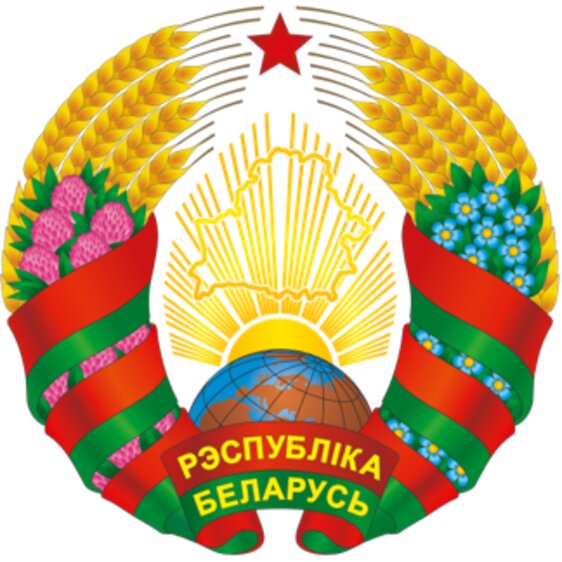
The State Emblem of the Republic of Belarus is a symbol of the state sovereignty of the Republic of Belarus. It is a gold outline of the State Border of the Republic of Belarus placed on a silver field, superimposed on the gold rays of the sun rising over the globe. At the top of the field is a five-pointed red star. The coat of arms is framed by a wreath of gold ears of corn, intertwined with clover flowers on the right and flax flowers on the left. The wreath is entwined three times on each side with a red and green ribbon, in the middle of which, at the base of the State Emblem of the Republic of Belarus, the words «Republic of Belarus» are inscribed in gold in two lines.
The image of the State Emblem is placed on the buildings of government bodies and a number of state institutions, inside the offices of their heads, as well as on the seals of these bodies, on coins, and passports of citizens of the Republic of Belarus. Unlike the State Flag, the State Emblem has a more official meaning, therefore, it is not envisaged that it can be freely used by citizens. In particular, it is prohibited to place it on business cards of persons who are not civil servants.
National Anthem of the Republic of Belarus
The National Anthem of the Republic of Belarus is a musical and poetic work performed on special occasions, the list of which is established by law.
 |
The national anthem has its own authors - the music for it was written by the Belarusian composer N.F. Sokolovsky, and the lyrics were written by the Belarusian poets M.N. Klimkovich and V.I. Karizna. |
Мы, беларусы – мірныя людзі,
Сэрцам адданыя роднай зямлі,
Шчыра сябруем, сілы гартуем
Мы ў працавітай, вольнай сям’і.
Слаўся, зямлі нашай светлае імя,
Слаўся, народаў братэрскі саюз!
Наша любімая маці-Радзіма,
Вечна жыві і квітней, Беларусь!
Разам з братамі мужна вякамі
Мы баранілі родны парог,
У бітвах за волю, бітвах за долю
Свой здабывалі сцяг перамог!
Слаўся, зямлі нашай светлае імя,
Слаўся, народаў братэрскі саюз!
Наша любімая маці-Радзіма,
Вечна жыві і квітней, Беларусь!
Дружба народаў – сіла народаў –
Наш запаветны, сонечны шлях.
Горда ж узвіся ў ясныя высі,
Сцяг пераможны – радасці сцяг!
Слаўся, зямлі нашай светлае імя,
Слаўся, народаў братэрскі саюз!
Наша любімая маці-Радзіма,
Вечна жыві і квітней, Беларусь!
The National Anthem is performed at the beginning and, in some cases, at the end of important state and public events, including when the President of the Republic of Belarus takes office - after he has taken the Oath.
Citizens may perform (listen to) the National Anthem during national, labor, family holidays and other ceremonial events, provided that the necessary respect for it is ensured.
As a sign of respect for the National Anthem, when it is officially performed, those present listen to it standing (men - without headgear, military personnel, and other persons required to wear uniforms - in accordance with the law).
Geographical location

The Republic of Belarus is located in the center of Europe and is part of the Eastern Europe region. The most important transit flows of the entire continent pass through the country, including one of the main transport corridors of Eurasia from the southwest to the northeast. The shortest transport routes connecting two seas, the Baltic and the Black, also pass through the country.
Borders
Belarus borders with five countries: Poland in the west, Lithuania in the northwest, Latvia and the Russian Federation in the north, the Russian Federation in the northeast and east, and Ukraine in the south. The total length of the state border is 3,617 km. The distance from Minsk to the nearest capital of neighboring countries, Lithuania, Vilnius, is 215 km. Latvia, Riga is 470 km from Minsk, Poland, Warsaw is 550 km, Ukraine, Kyiv is 580 km, and the distance from the Belarusian capital to the Russian capital, Moscow, is 700 km.
Length
The territory of Belarus is compact, although somewhat elongated in the latitudinal direction. The country extends 560 km from north to south, and 650 km from west to east.
Square
Belarus is a medium-sized European country. The country's area is 207.6 thousand square kilometers, which is about 2% of all of Europe.
In terms of area, Belarus ranks 13th among 44 continental European countries (84th in the world) and surpasses Greece, Portugal, Austria, the Czech Republic, the Netherlands, and Belgium. Countries of similar size are Romania and Great Britain.
Lowlands and highlands
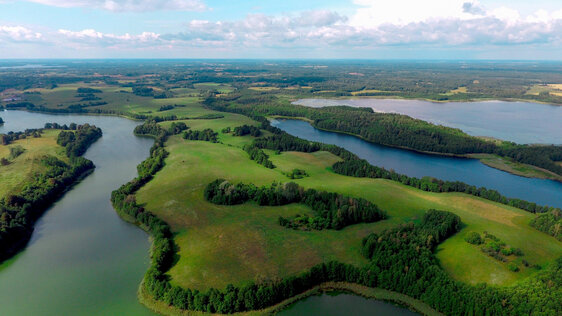
The territory of Belarus is located within the East European platform. The surface is generally flat with alternating elevated, flat and low-lying areas with swamps and lakes.
Most of the country's territory (about 70%) is occupied by lowlands with absolute heights of up to 200 m, while the share of uplands accounts for approximately 30% of its total surface area. The lowest area above sea level is the Neman Valley in the Grodno Region (80–90 m), and the highest point in Belarus is Mount Dzerzhinskaya in the Dzerzhinsky District of the Minsk Region (345 m).
The northern part is occupied by the Belarusian Lake District with glacial relief, elevations and ridges. The central part is located in the lake-glacial belt of the Belarusian Ridge and on the East Belarusian plateau-like plain. To the south are the moraine and fluvioglacial plains of the Pre-Polesye and the flat, often swampy lowlands of Polesie.
Rivers and lakes
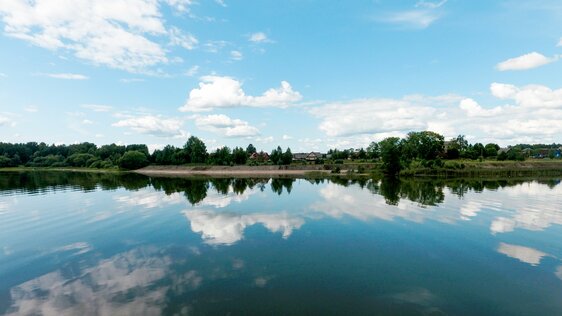
Belarus is located on the watershed of rivers belonging to the basins of two seas – the Baltic and the Black. There are 20.8 thousand rivers with a total length of 90.6 thousand km on the territory of the country. The largest of them are the Dnieper, the Western Dvina and the Neman. The longest river within the republic is the Dnieper (its length within the country is 689 km).
There are almost 11 thousand lakes in the country. The largest of them are located in the north (Braslav Lake District, or "blue necklace"), formed about 15-20 thousand years ago during the retreat of the Valdai glacier. The largest lake is Naroch (area - 79.6 sq. km), the deepest is Dolgoe (depth - 53.6 m).
Administrative division

Belarus is divided into six regions with administrative centers: Brest, Vitebsk, Gomel, Grodno, Minsk and Mogilev. Within the boundaries of the regions, 118 districts are distinguished.
Minsk, the capital of the Republic of Belarus, retains an independent status and is not part of any of the regions.
The central position in the country is occupied by the Minsk region. It is the only region that has no external borders.
Population size
According to the National Statistical Committee, as of January 1, 2024, the population of Belarus was 9,155,978 people - this is 0.1% of the world's population, about 1.2% of the population of Europe. In terms of population, the country ranks 97th in the world and 7th among the CIS countries.
Today, more than three quarters of Belarusians live in cities (78.6%): the urban population is 7,198,285 people, the rural population is 1,957,693 people. In total, there are 115 cities and 85 urban-type settlements, 22,991 rural settlements in the country.
Number of residents by region and regional centers (as of January 1, 2024):
- Brest region – 1,308,569 people (Brest – 344,470 people);
- Vitebsk region – 1,081,911 people (Vitebsk – 358,395 people);
- Gomel region – 1,338,617 people (Gomel – 501,102 people);
- Grodno region – 992,556 people (Grodno – 361,115 people);
- Mogilev region – 981,174 people (Mogilev – 353,110 people);
- Minsk region – 1,460,289 people.
- The population of Minsk is 1,992,862 people.
The population density of Belarus is 44 people per 1 sq. km (as of January 1, 2024).
National composition: Belarusians (85%), Russians, Poles, Ukrainians, Jews and representatives of 151 other nationalities (according to the 2019 census).
Based on materials from the official website of the President of the Republic of Belarus


